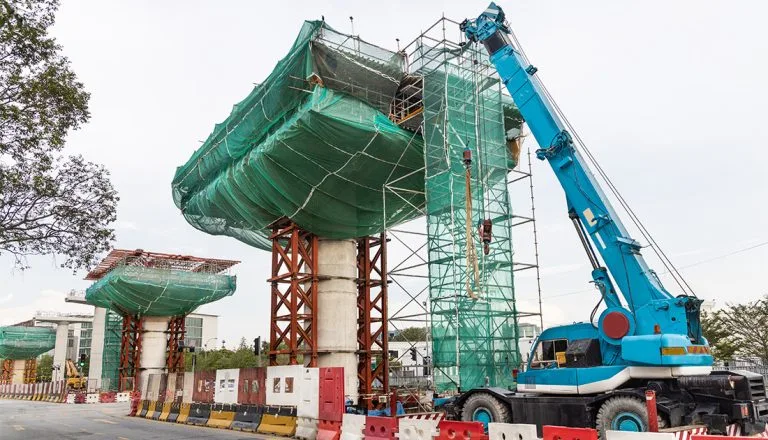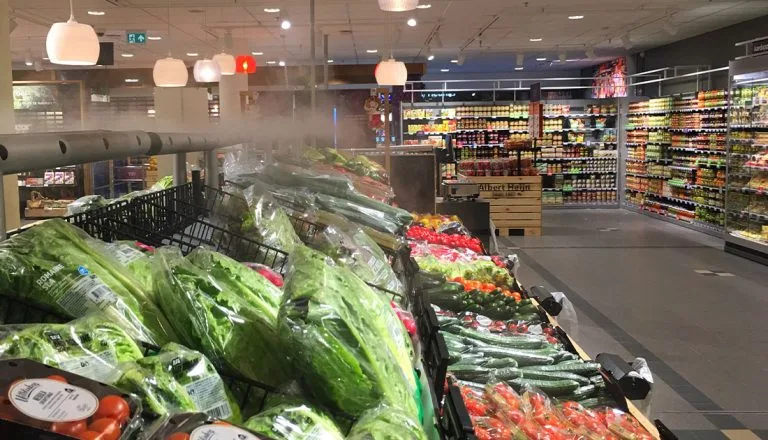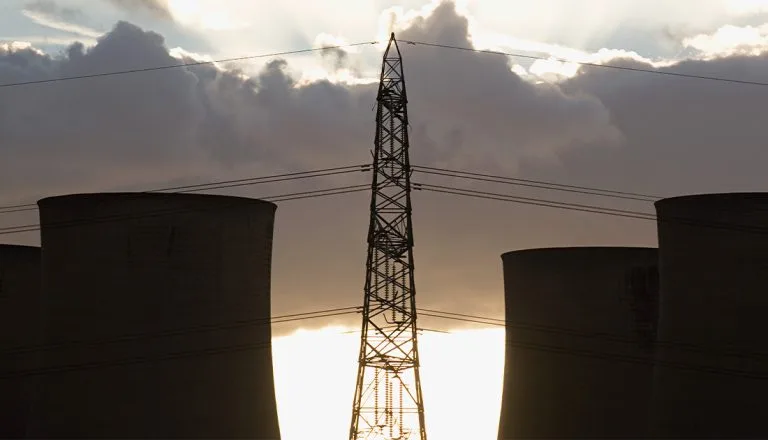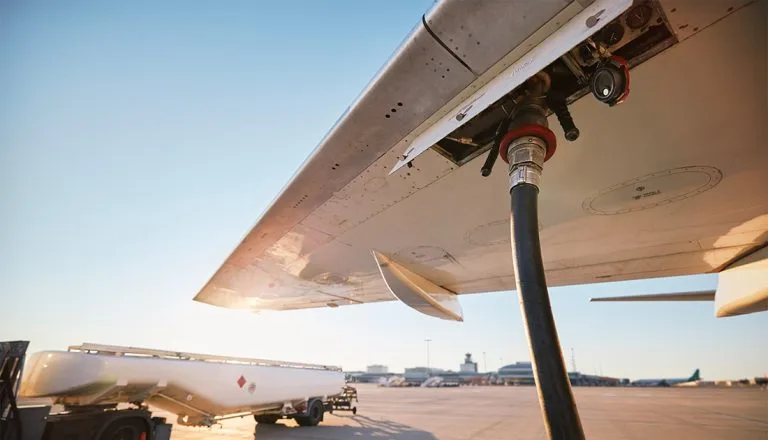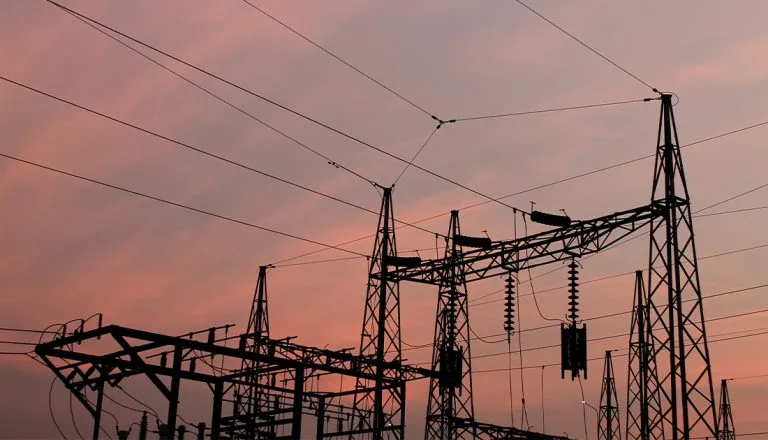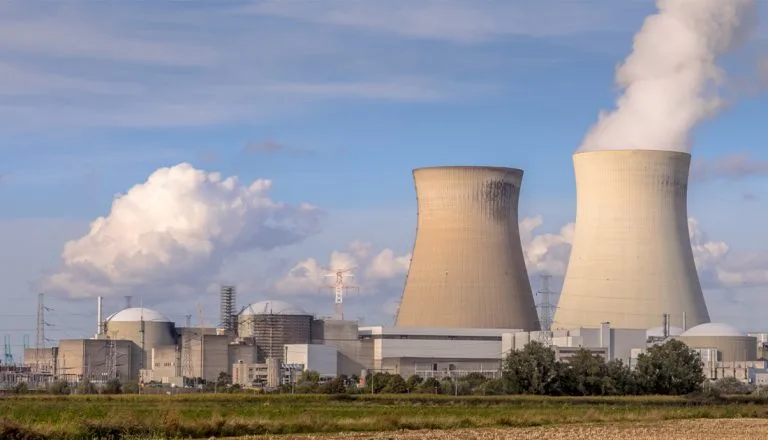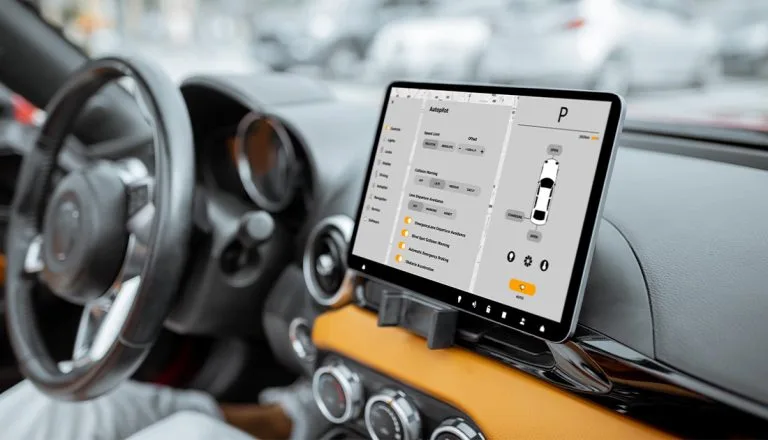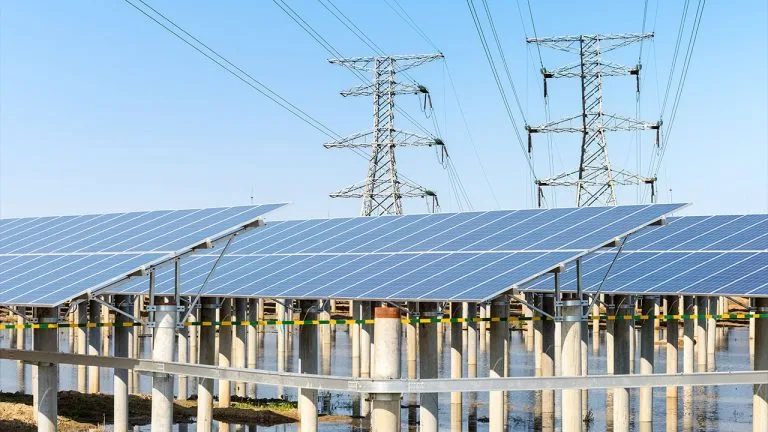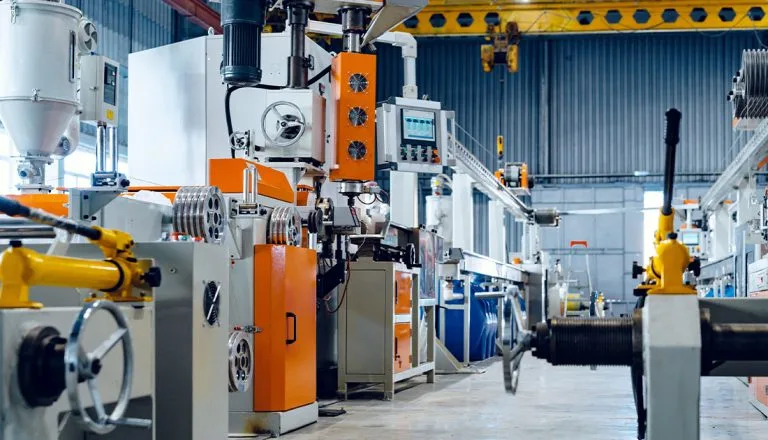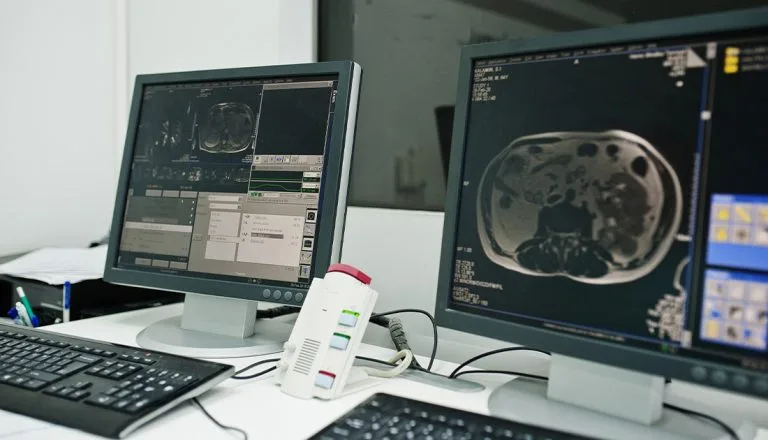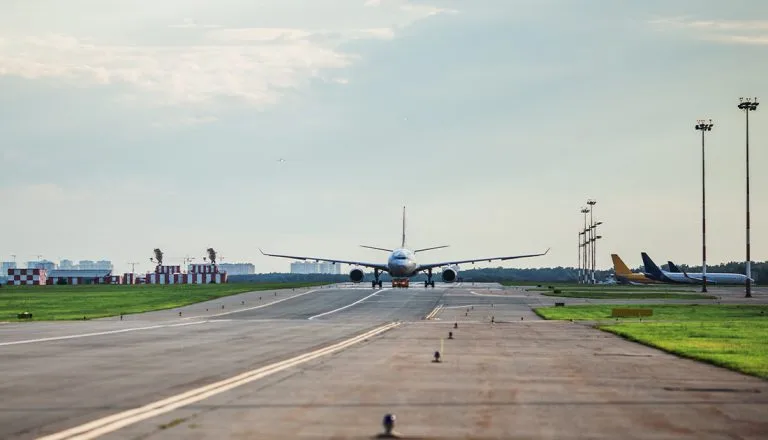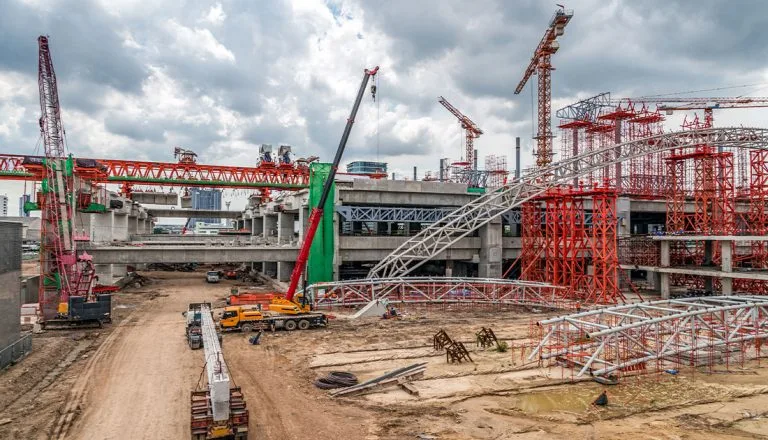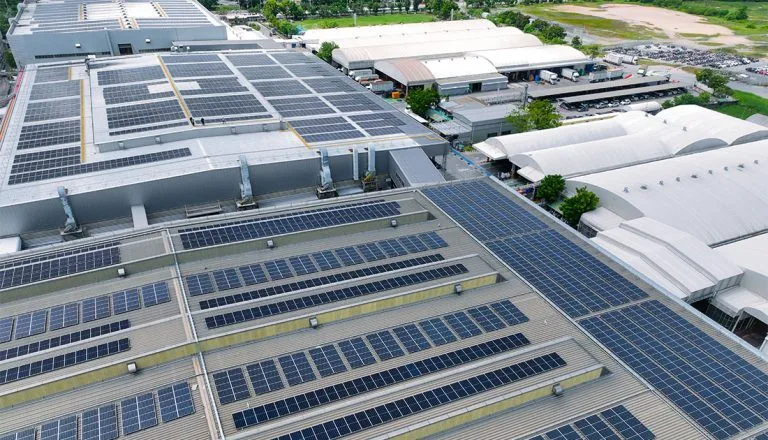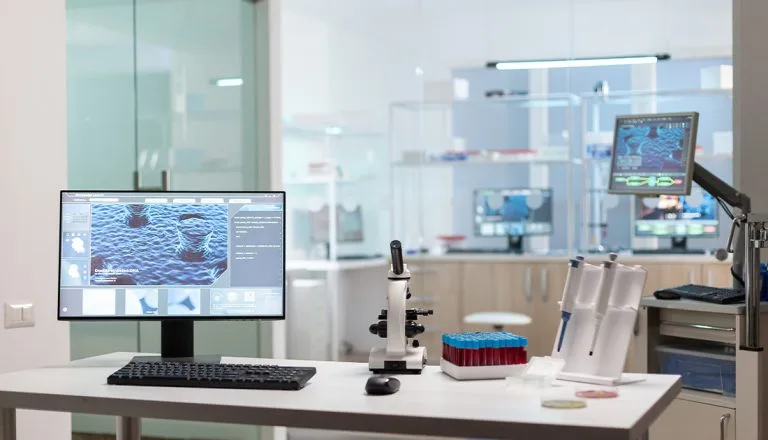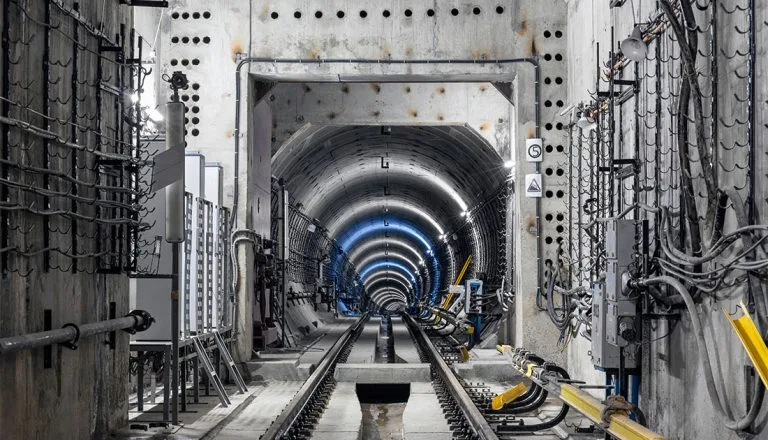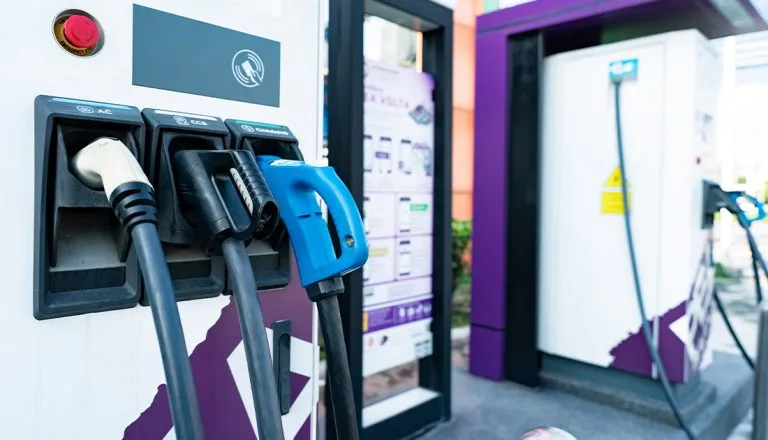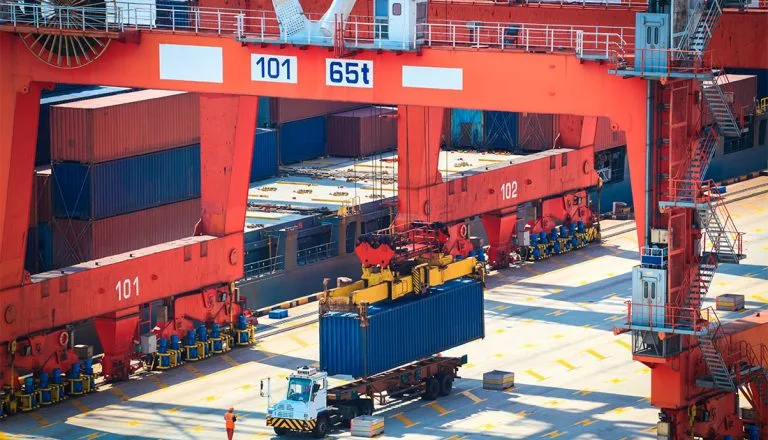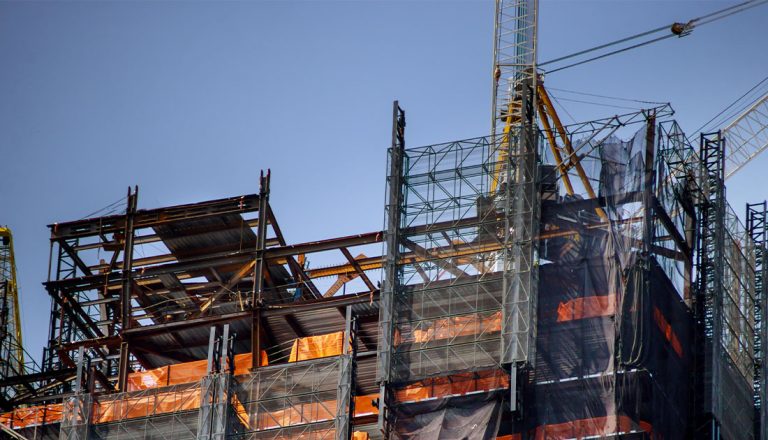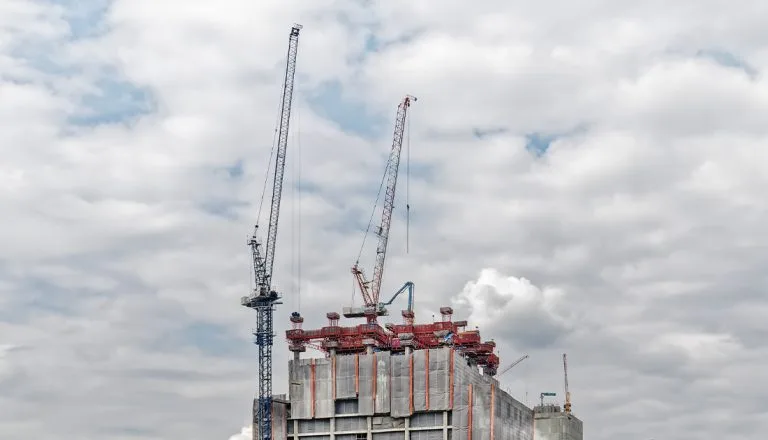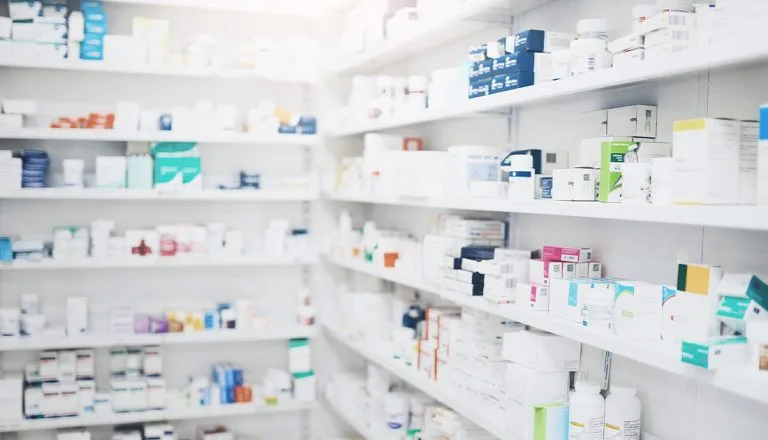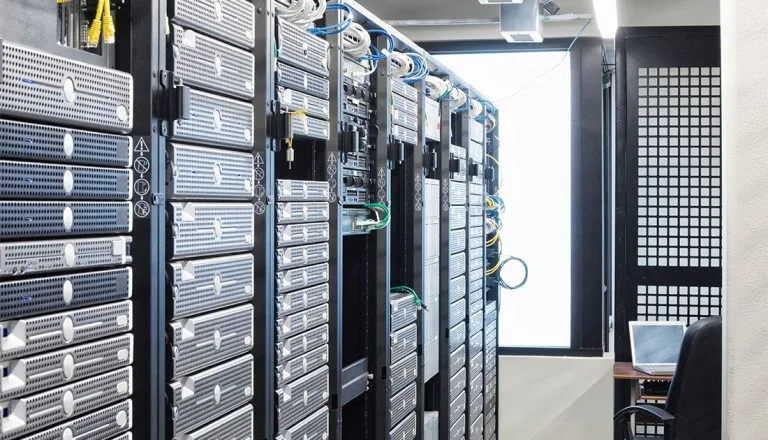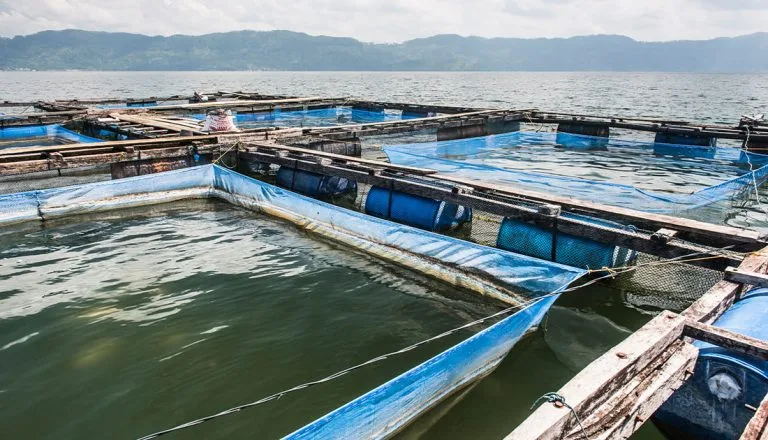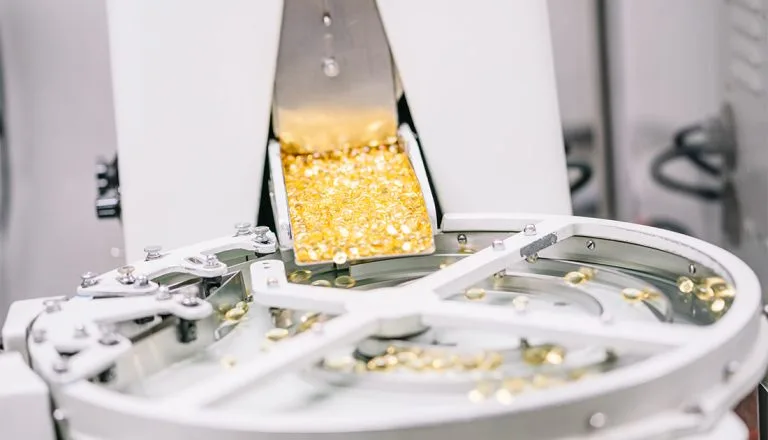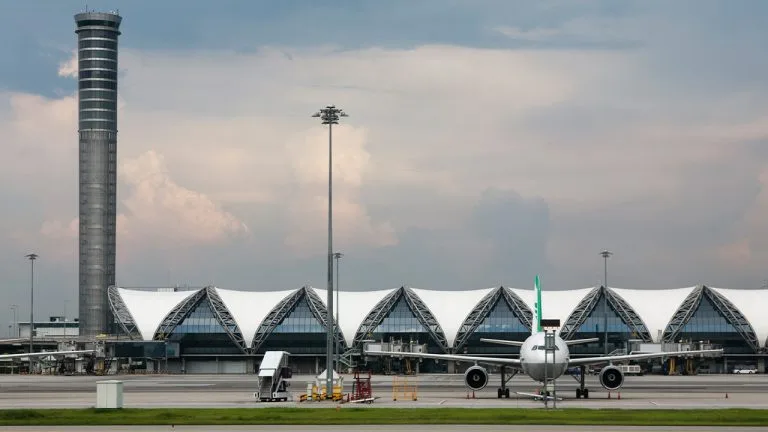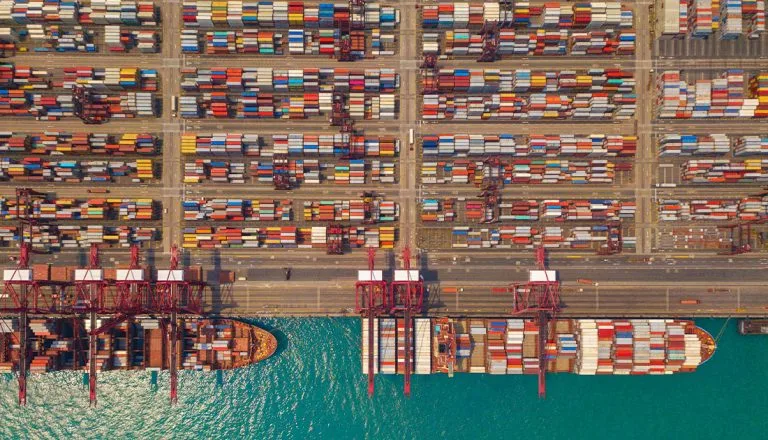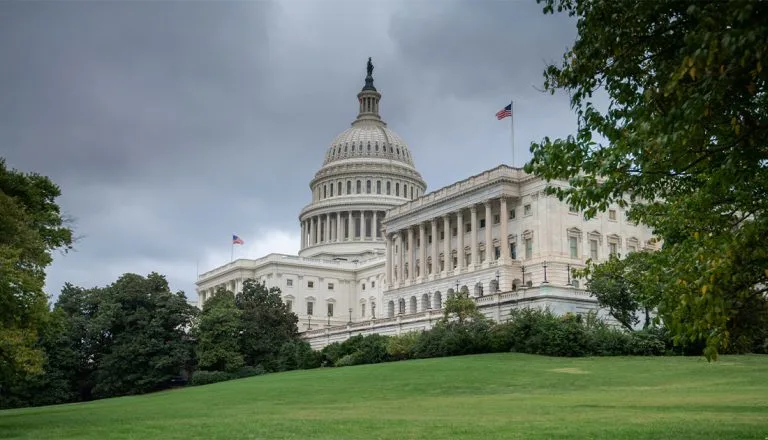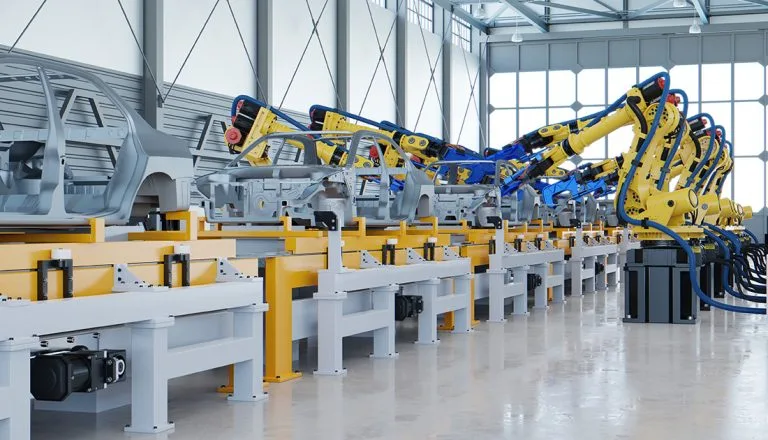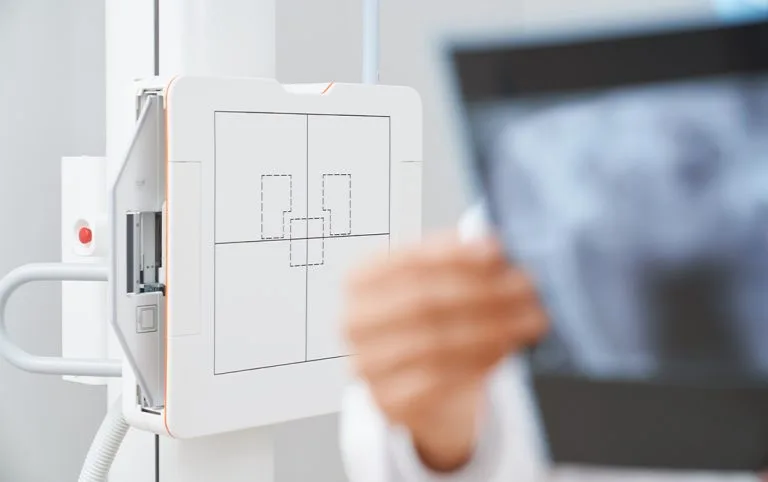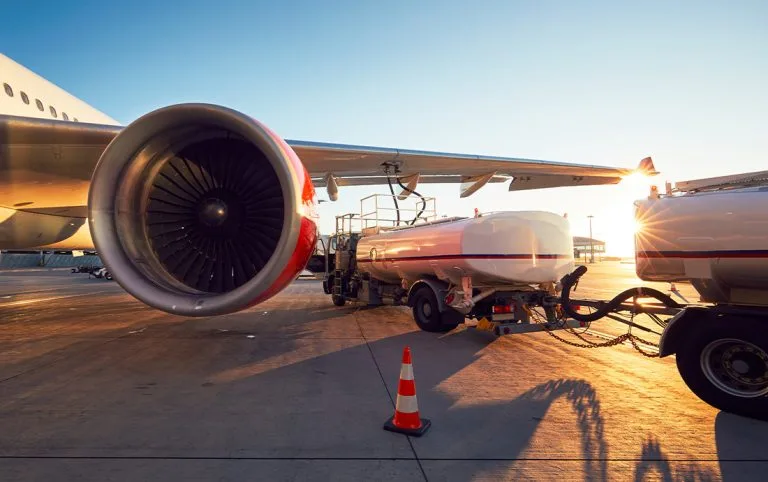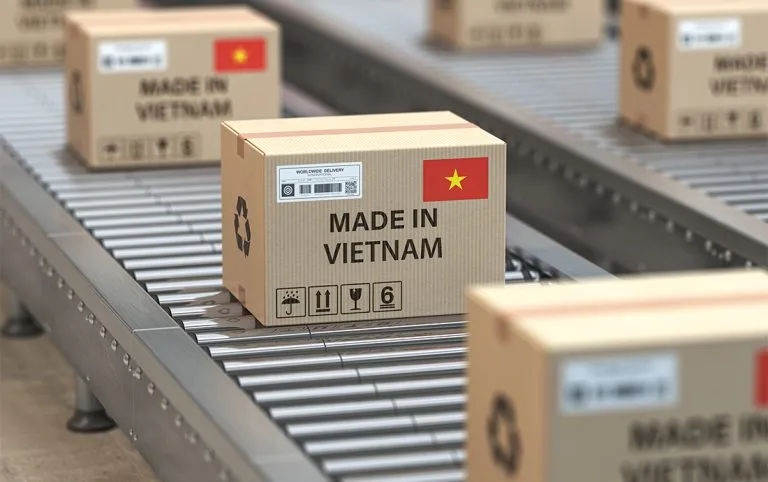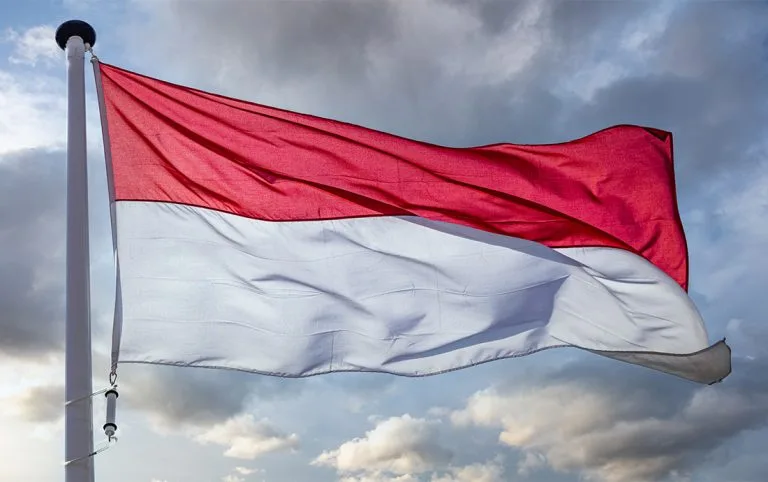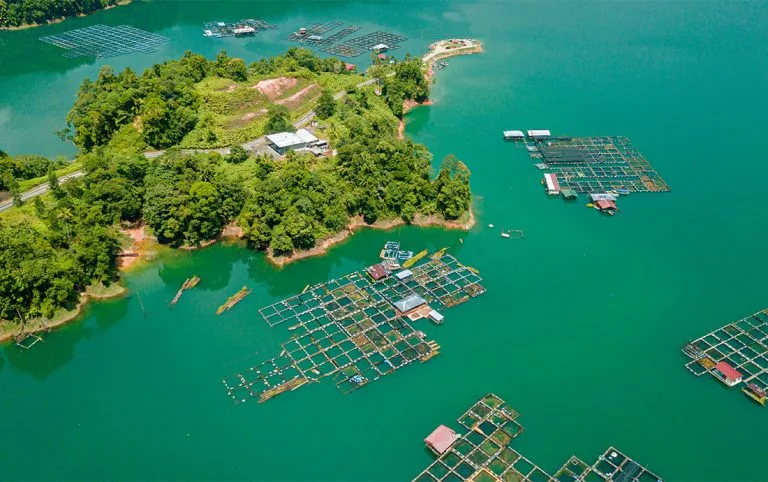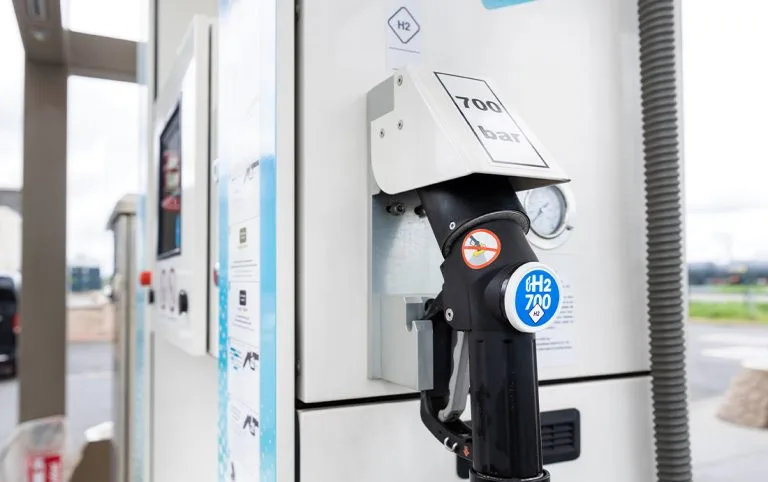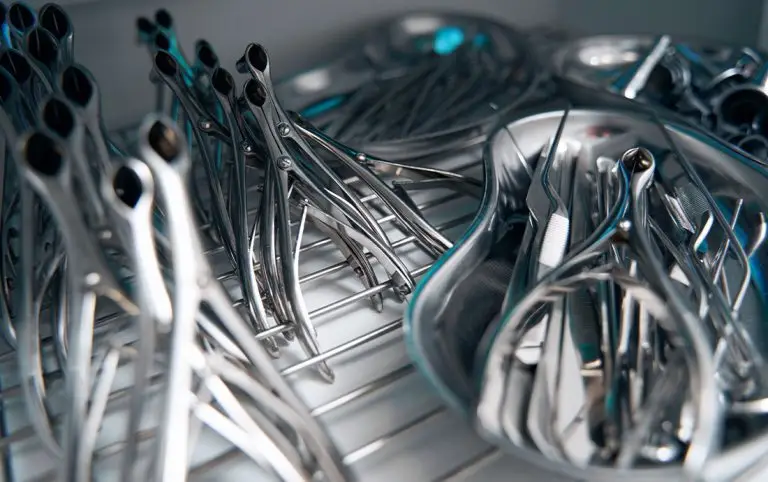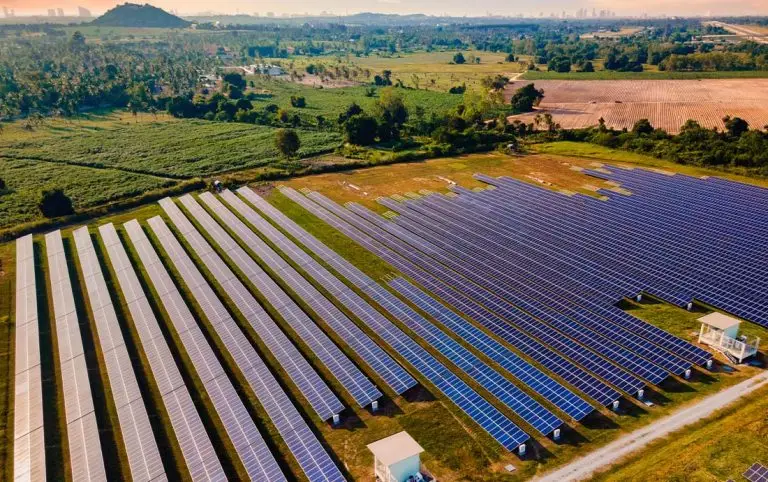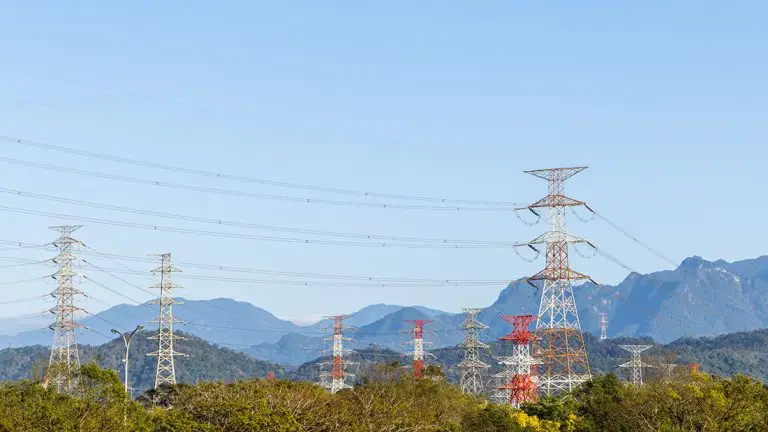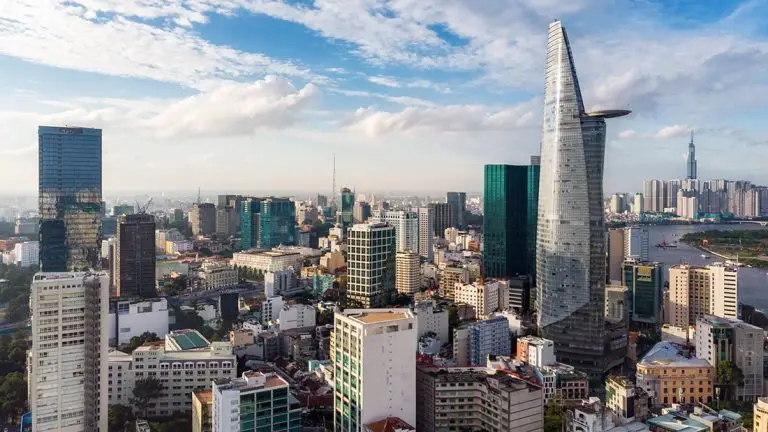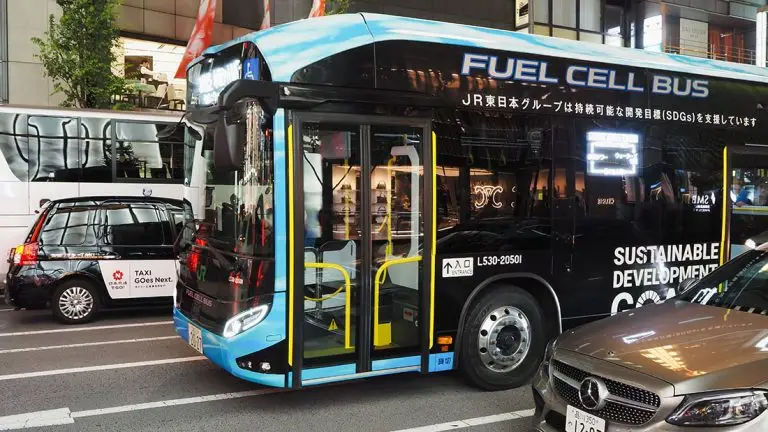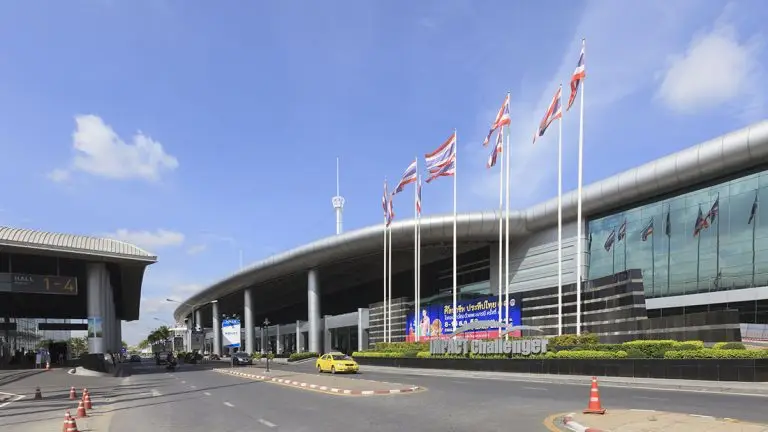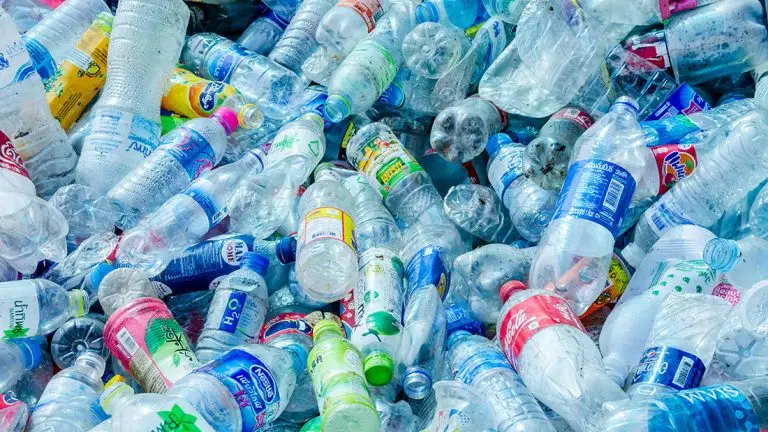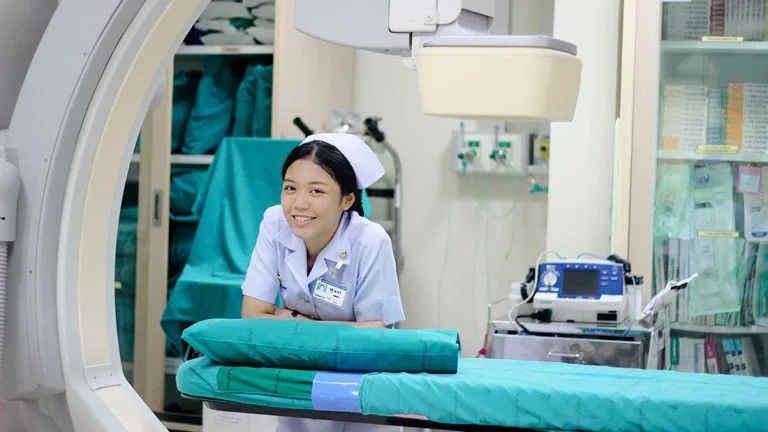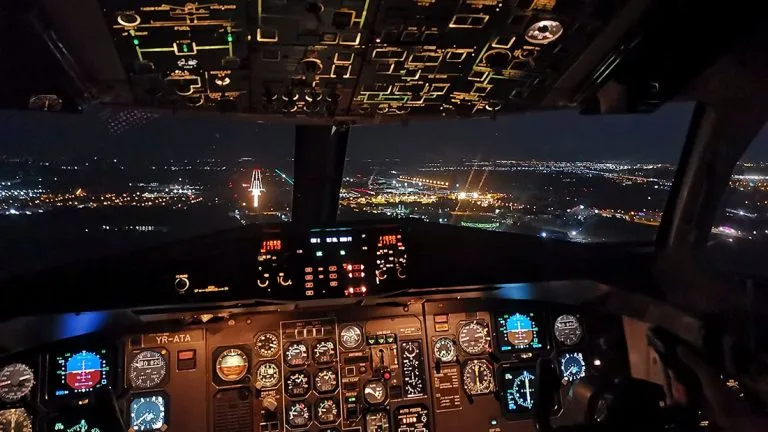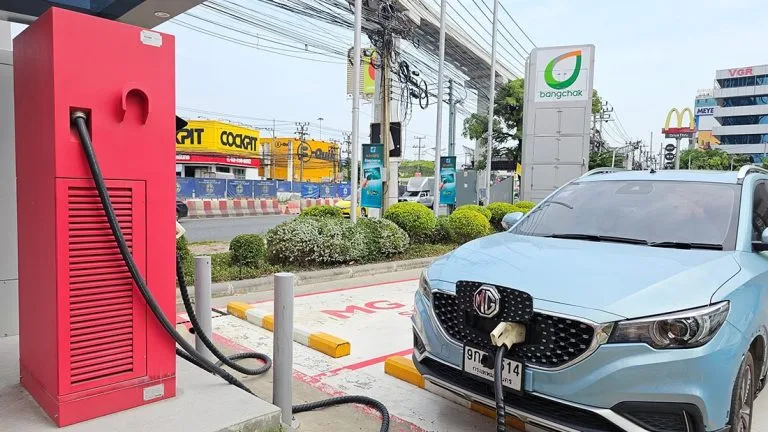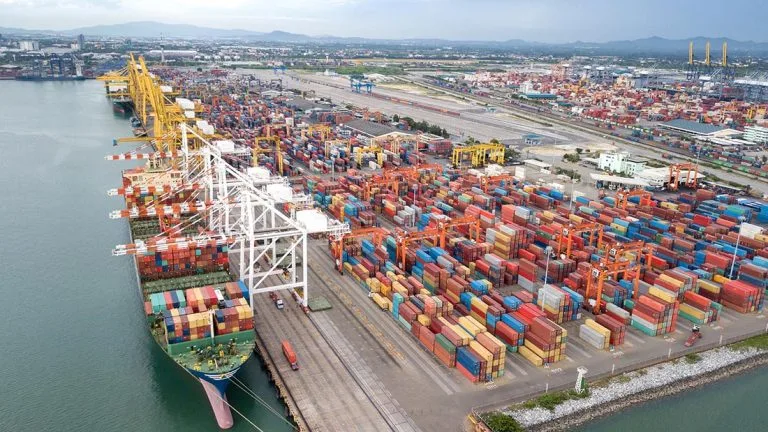- Entering South Korea’s defence market allows global suppliers to tap into an export market expected to grow by 75 percent annually
- Overseas orders for Korean defence items are projected to reach USD24 billion this year
- Korean defence firms seek specialised subsystems and innovative technologies, including high-quality foreign components
Entering South Korea’s defence market is something more global suppliers are considering. The country has rapidly emerged as a major global defence player, transitioning from predominantly importing defence technologies to actively exporting advanced military solutions worldwide. Hannes Humala, Asian Insiders Korea Partner, examines the market’s potential and shares insights on what opportunities are currently available.
With a robust economic infrastructure, advanced technology capabilities and strategic positioning, Korea presents substantial opportunities for foreign defence suppliers seeking high-value markets. The sector’s transformation has been accelerated by changing global security dynamics, particularly following Russia’s war on Ukraine which has intensified worldwide demand for proven defence systems.
Importantly, the Korean government is actively supporting activities through the K-Defense Export Strategy. This provides export financing, the facilitation of government-to-government cooperation and the establishment of defence cooperation agreements with partner countries.
Korean firms, such as Hanwha Aerospace, Hyundai Rotem, Korea Aerospace Industries (KAI) and LIG Nex1, have secured significant international contracts as part of the strategy.
Hanwha Aerospace exported more than 600 K9 self-propelled howitzers globally, including deals worth USD720 million in Australia and USD2.4 billion in Poland and other northern European countries. Hyundai Rotem signed a significant contract with Poland for 180 K2 main battle tanks valued at approximately USD3.3 billion. KAI has successfully exported trainer aircraft to Indonesia, Turkey and Peru while LIG Nex1 has established itself in electronic warfare and missile systems globally.
More agreements like these are expected to follow. Korean defence exports have been projected to grow by a massive 75 percent annually in the coming years. In 2025, overseas orders could reach USD24 billion. That is up significantly from the USD9.4 billion in orders placed last year.
It should be noted that South Korean systems are designed using NATO standards, and more countries in the organisation are considering how these can be utilised within their existing platforms, especially as some members struggle with aging defence technologies.
While Korea’s main export items have been armoured vehicles and main battle tanks, it is expected that precision munitions and unmanned systems will be increasingly important.
Opportunities for foreign suppliers
Korean defence firms continuously seek specialised subsystems and innovative technologies, creating unprecedented demand for high-quality foreign components. International suppliers can capitalise on opportunities in:
• Precision targeting and fire-control systems
• Advanced sensor technology and dual-use sensors
• Autonomous and unmanned systems
• Electronic warfare and cybersecurity solutions
• Advanced materials and propulsion technologies
A compelling aspect of entering Korea’s defence market is the potential for export multiplication. Foreign suppliers who successfully integrate their technologies into Korean platforms often become integral to Korea’s global export success, expanding their market reach through the international sales of Korean prime contractors.
Challenges and strategic considerations
Tapping into available opportunities requires the right approach to operations. Meeting Korean military certification standards and providing localised after-sales support are essential for success.
Entering South Korea’s defence market requires a thorough understanding of the procurement framework. This involves the Defense Acquisition Program Administration (DAPA), the Agency for Defense Development (ADD) and major domestic integrators.
Other key challenges include certification procedures, extended approval timelines, a strong emphasis on technology transfer and localisation requirements. That being said, the country’s defence industry has many active overseas players who all managed to navigate these potential concerns.
The importance of partnerships
Selecting suitable local partners is critical for success. Ideal partners possess established government relationships, proven defence integration experience and robust technical service capabilities.
It is strongly advised that foreign suppliers prioritise partners with demonstrated defence expertise, a dynamic team with communication skills, proven project delivery records, established government networks and strong after-sales infrastructure.
These traits can allow foreign firms to avoid many of the obstacles that exist when entering South Korea’s defence market.
Our expertise in entering South Korea’s defence market
Over the years, Asian Insiders has completed projects in precision munition guidance, aerospace, armoured vehicles, CBRN systems and calibration and test systems. We have a robust existing network and the ability to reach the most relevant experts from all defence manufacturers, such as Hanwha Aerospace, LIG Nex1, Hyundai Rotem and Korea Aerospace Industries, among others. Our group has also worked with key domestic organisations, including the ADD and DAPA.
Final thoughts
Korea presents exceptional opportunities for global defence suppliers seeking both immediate sales and long-term strategic partnerships. The country’s emergence as a major defence exporter, supported by strong government backing and proven capabilities, creates an ecosystem where foreign suppliers can achieve local success and expand internationally.
It is worth noting that there remains strong bipartisan support for the K-Defense Export Strategy which has been carried over across several government administrations. This stability, along with a reputation for quality, is why more NATO members are considering Korean items.
By understanding procurement dynamics, partnering with experienced local integrators and demonstrating technical excellence, international companies can effectively navigate market complexities while positioning themselves for broader global opportunities.
Korea represents not just a market destination but a gateway to meaningful collaboration and joint innovation with lasting mutual benefits.
To learn more about entering South Korea’s defence market and current opportunities, schedule a no-obligation call with Hannes Humala, Korea Partner: hannes.humala(at)asianinsiders.com


